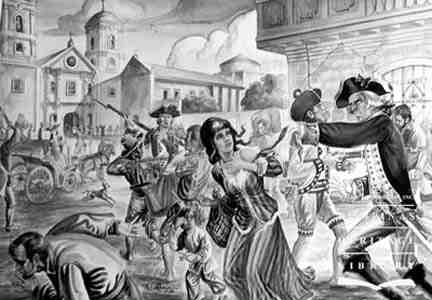The First “Rape of Manila” That History Forgot
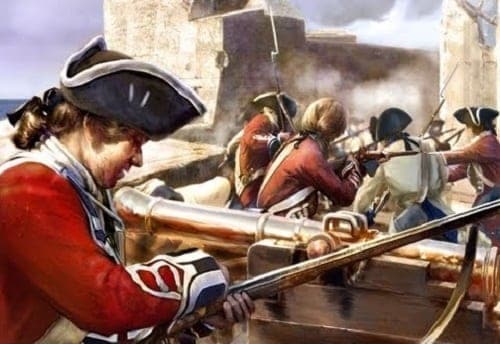
While history buffs and even the most casual of readers know about one of the darkest moments in Manila’s history—the so-called Battle or Rape of Manila which happened in 1945 and left more than 100,000 civilians dead as a result of being caught in the crossfire between the desperate Japanese defenders and overwhelming American forces—few know that the Philippines’s capital city was unfortunately subjected to a first “Rape” in a different time by a different opponent—the British.
Also Read: 12 Random Facts About Manila That Will Blow Your Mind
As one can guess, the first sacking of the capital happened following the British victory over the Spanish forces in the 1762 Battle of Manila. The two-week battle—part of the larger Seven Years’ War pitting several European powers against each other—was a lopsided one as the unprepared Spanish found themselves faced against a formidable British armada consisting of 15 warships and more than 6,000 men.
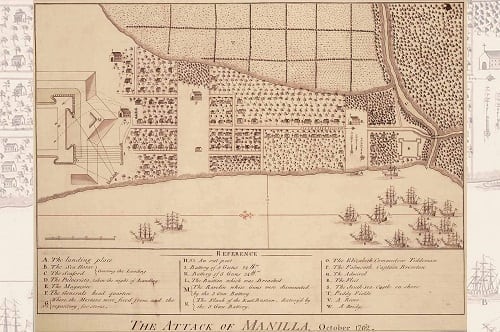
Following its fall on October 6, Manila was subjected by the invaders to 40 hours of anguish as British forces raped, razed, pillaged, and looted the capital. Buildings—including government offices, churches, and convents—were ransacked while civilians were raped and killed by the enemy.
Also Read: William Draper’s Near-Death That Almost Changed Philippine History
Looted by the victors were not only money and valuables but also important documents and records as well. Not only that, the British also compelled the defeated Spanish to pay the humiliating sum of four million Mexican silver dollars as ransom for the city and its inhabitants.
In the end, the order was restored on October 10 following the arrival of the designated civilian authority Governor General Dawsonne Drake. However, the damage had been done: millions of pesos in important cultural treasures and documents were lost to the pillagers.
Aside from that, more than 500,000 Mexican silver dollars was subtracted from the Treasury as part of the Spanish indemnification to the British.
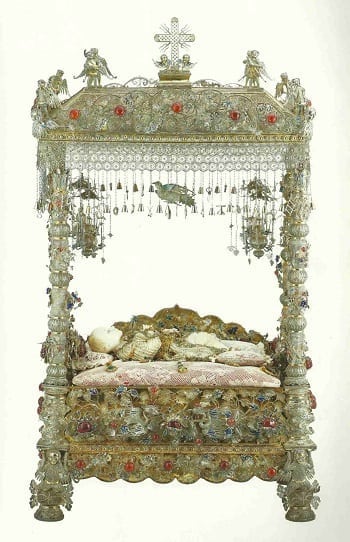
So extensive was the British looting that Jose Rizal himself marveled at the collection of Filipino and Spanish artifacts he discovered at the British Museum many years after the occupation of Manila.
Related Article: 8 Mind-Boggling Myths About Jose Rizal
Describing the items as “a collection that cannot be found anywhere else” to his friend Mariano Ponce, Rizal spent two years in London researching and copying the different Filipino-Spanish books he found at the Museum—with one of those being none other than Antonio de la Morga’s famous historical book about the early Philippines, “Sucesos de las Islas Filipinas.”
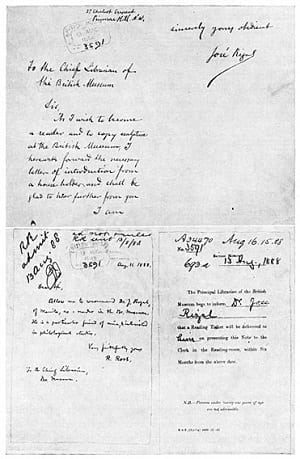
Application, recommendation, and admission of Rizal to the reading-room of the British Museum. Source: Lineage, Life and Labors of Jose Rizal: Philippine Patriot by Austin Craig.
In the end, the British occupation of Manila permanently damaged Spain’s prestige and convinced the natives that the Spanish were beatable. This change in mindset definitely contributed to the growing instability of Spain’s rule in the Philippines in the following decades.
Selected References
Perdon, R. (2014). British Pillaged, Looted Manila for 40 hours. Bayanihan – The Community Newspaper of Australia. Retrieved 10 August 2015, from http://goo.gl/rDv27E
Rizal’s Life, Work and Writings: Their Impact on Our National Identity by Capino Gonzalez Pineda
The Pageant of Philippine History: From the British Invasion to the Present by Gregorio F. Zaide
FilipiKnow
FilipiKnow strives to ensure each article published on this website is as accurate and reliable as possible. We invite you, our reader, to take part in our mission to provide free, high-quality information for every Juan. If you think this article needs improvement, or if you have suggestions on how we can better achieve our goals, let us know by sending a message to admin at filipiknow dot net
Copyright Notice
All materials contained on this site are protected by the Republic of the Philippines copyright law and may not be reproduced, distributed, transmitted, displayed, published, or broadcast without the prior written permission of filipiknow.net or in the case of third party materials, the owner of that content. You may not alter or remove any trademark, copyright, or other notice from copies of the content. Be warned that we have already reported and helped terminate several websites and YouTube channels for blatantly stealing our content. If you wish to use filipiknow.net content for commercial purposes, such as for content syndication, etc., please contact us at legal(at)filipiknow(dot)net
